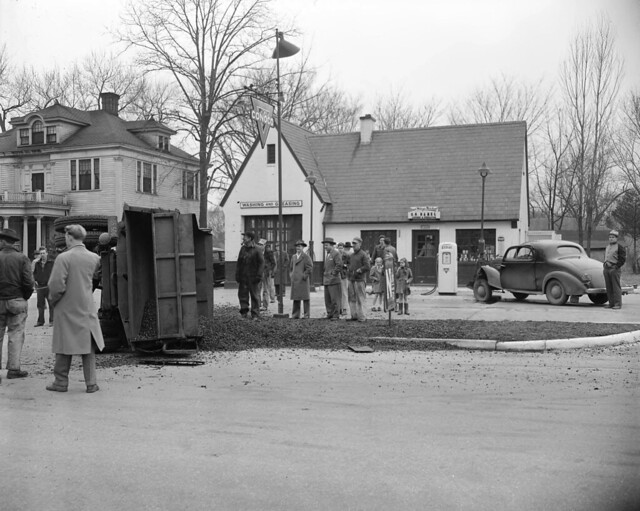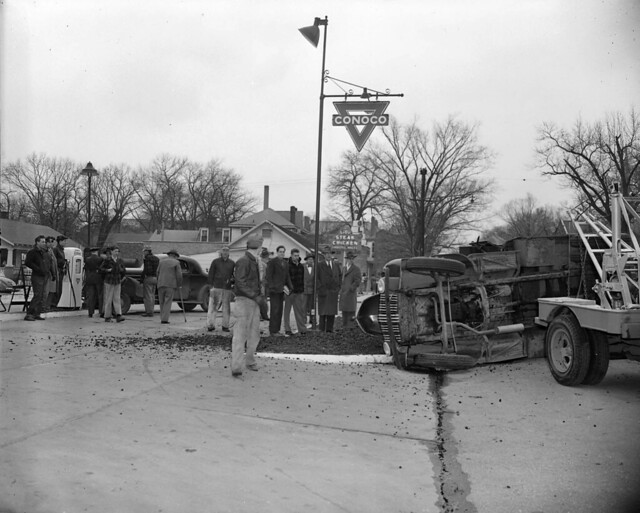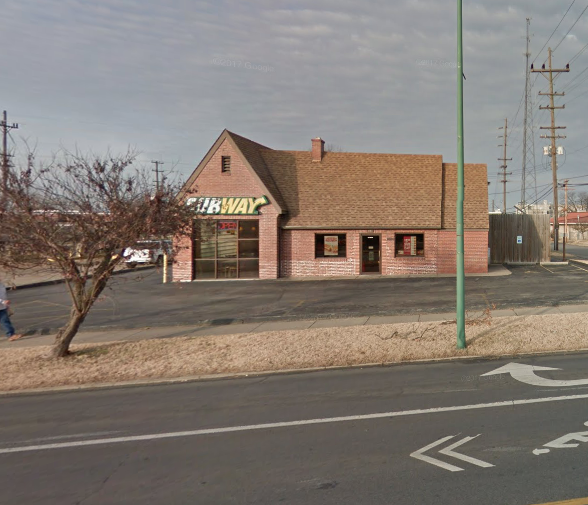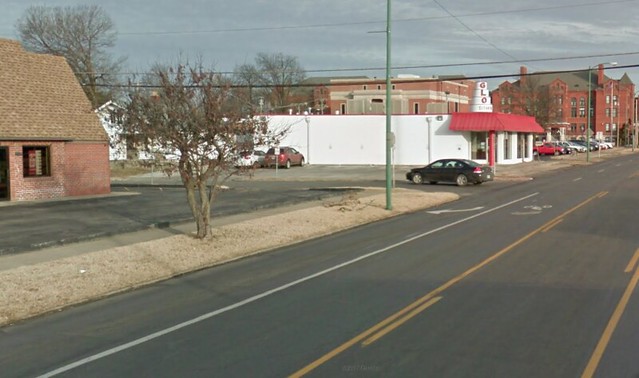- Messages
- 17,485
- Location
- New York City
Walter Dorwin Teague, who was the first designer to produce a station in this style -- for Texaco, in 1935 -- was very familiar with Bauhaus and had worked under a Bauhaus designer in the 1920s, and the influence is pretty clear in his work.
He was also influenced by mysticism -- he set great weight in the image of the Five Pointed Star, which fit in well with his work for Texaco, and wrote about this at length in his book "Design This Day." He was quite an odd character.
His gas station design, however, was the most influential ever created -- Texaco built over 20,000 stations to his specifications between the late thirties and the early sixties, and several other companies basically helped themselves to his concept. Gulf's "icebox" was almost a direct swipe of Teague's design, although it featured more rounded corners and blue stripes along the fascia instead of green. Cities Service also used a design that essentially duplicated Teague's, complete with green stripes. Other companies weren't quite so baldfaced about their design cribbing -- Socony and Esso used one red stripe instead of three, whoa, different design entirely! -- but the influence was still very clear. Without Teague's work the mid-20th century roadside would have looked very different.
Note: This entry copyright of Lizziepedia: Fedora Lounge's premiere source for Golden Era information.



















